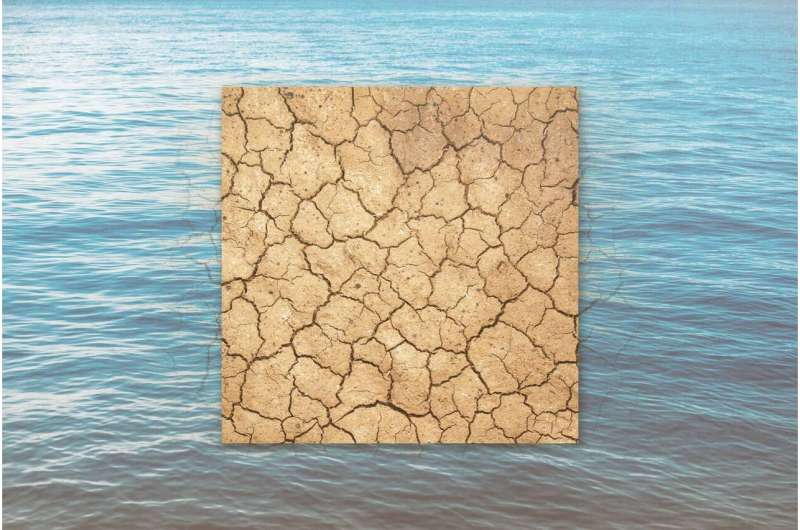This article has been reviewed according to Science X's editorial process and policies. Editors have highlighted the following attributes while ensuring the content's credibility:
fact-checked
peer-reviewed publication
trusted source
proofread
Carbon capture may not rescue drought-prone regions, research finds

The University of Virginia has collaborated on new research indicating that for parts of the world suffering severe heat and drought, including portions of the United States, removing carbon dioxide from the atmosphere may offer little relief.
Authored with peer institutions and appearing in the journal Science Advances, the findings add to the ongoing debate among scientists about the potential effectiveness of proposed carbon capture measures to remedy climate change. High atmospheric concentrations of carbon dioxide fuel the problem.
Kevin Grise, an associate professor in UVA's Department of Environmental Sciences whose expertise is atmospheric dynamics, contributed to the research and explained the findings.
The world is currently experiencing an expansion of subtropical dryness due in large part to changes in what's called the Hadley Cell, he said. The phenomenon, in which air rises at the equator while sinking in the subtropics, has been expanding—shifting in the direction of the poles.
Using a computer model, the team quadrupled the amount of carbon dioxide affecting the cell, then "removed" the carbon to see the results. The cell region remained altered, failing to return to present-day levels of symmetry.
"In other words," Grise said, "if climate change causes weather patterns to shift in a certain way that promotes drought in a certain region, removing carbon dioxide wouldn't necessarily restore normal precipitation conditions to that region."
The article didn't review all subtropical regions to which this might apply. But it says dry extremes would likely continue to affect the Southwestern U.S., as well as Northern Mexico and the Mediterranean Sea region. Those areas are currently experiencing deadly heat, drought and wildfire risk. Such conditions are only expected to worsen with a warming planet.
More information: Seo-Yeon Kim et al, Hemispherically asymmetric Hadley cell response to CO2 removal, Science Advances (2023). DOI: 10.1126/sciadv.adg1801
Journal information: Science Advances
Provided by University of Virginia




















